Are you searching for an entertaining, healthy, and romantic activity to do with your partner? Partner dancing is an excellent way to connect with your significant other, spend quality time, and stay active.
It is also a fantastic way to break out of your comfort zone and try something new. Whether you’re a seasoned dancer or a beginner, there are plenty of styles and techniques to explore.
You can try anything from ballroom dancing to salsa, swing, tango, and more. Discover new music, learn new steps, and challenge yourselves to improve your skills together.
Strengthen your Relationship & Stay Fit
Partner dancing, also known as couple dancing, is a popular form of dance that involves two people moving in sync to a particular style of music. There are many reasons why partner dancing is so appealing to people of all ages and backgrounds. For starters, it is a fantastic way to connect with your partner and build a stronger bond.
Couple dancing requires trust, communication, and teamwork, which are all essential elements of any healthy relationship. In addition to building emotional connections, partner dancing is also a fun and engaging way to stay active and improve your fitness levels.
It’s an enjoyable way to spend time with your loved one, burn calories, improve your physical health, and create lasting memories together.
Whether you’re looking to try something new, reignite the spark in your relationship, or simply have a great time with your partner, partner dancing is an activity that is sure to bring joy and excitement to your life.
Exploring Partner Dance Styles
Partner dancing comprises a wide range of dance styles, each with unique techniques and characteristics. Popular styles include salsa, tango, swing, waltz, ballroom dancing, and more. You can choose a dance style depending on your interests, preferences, personality, and style.
-
Salsa is a lively and fast-paced dance with quick footwork and intricate turns. The salsa music is upbeat and often features percussion and brass instruments.
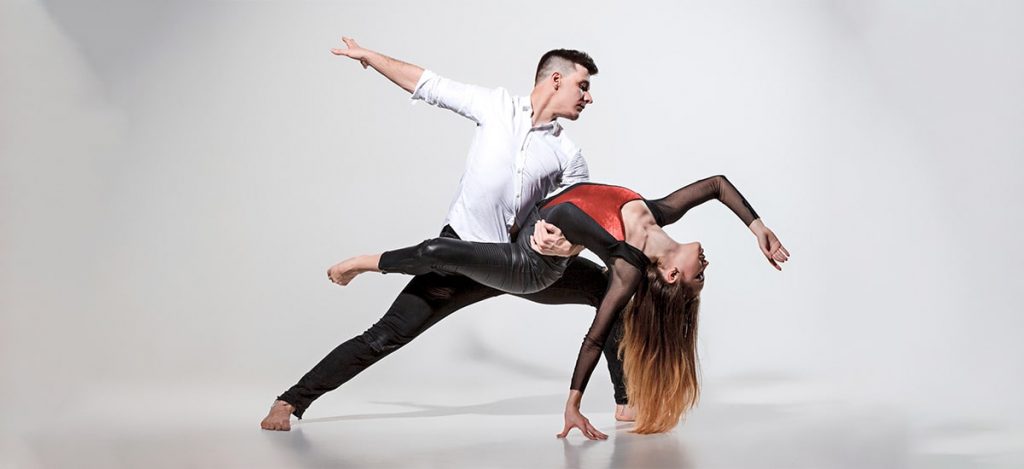
-
Tango is a dramatic and passionate dance. The Tango music is usually slow and melancholic. There is a strong emphasis on the beat. The dance involves sharp and precise movements. It includes tight leg and footwork and is known for its intricate patterns and close embrace.
-
The waltz is a smooth and graceful dance with sweeping, flowing, and rise-and-fall motions.
-
Swing dancing is a playful and energetic dance style with a lot of bouncing, hopping, and spinning, known for its high energy and fun movements.
Other partner dance styles include foxtrot, cha-cha, and rumba. While some styles, like the waltz, are associated with formal events, you can enjoy them all in a social and casual setting. Each partner’s dance style has unique characteristics, offering something for everyone.
Try out a few different styles to see which ones you enjoy the most, and don’t be afraid to mix and match styles to create your unique dance style. With time and practice, you can become a confident and skilled partner dancer, ready to impress on the dance floor.
Fundamentals of Partner Dancing
In partner dancing, there is a deep connection between the rhythm of the music and the movements of the dancers. Staying on beat creates a strong sense of rhythm, allowing both partners to move together in harmony. This connection is essential to ensure that the dance flows smoothly and naturally.
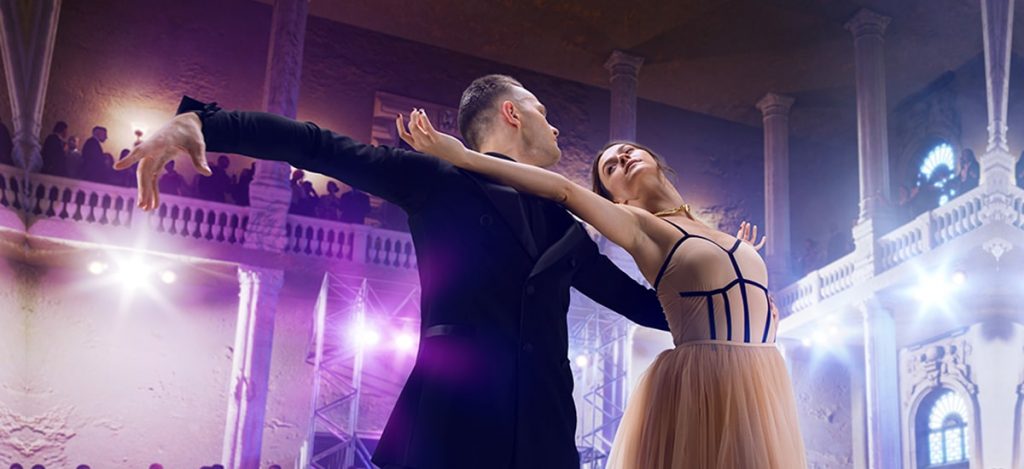
Whether you’re dancing to a slow ballad or an upbeat salsa tune, staying in tune with the rhythm is essential to ensure that both partners are in sync with each other.
However, rhythm alone is not enough to create a seamless dance experience. There must also be a connection between the partners, which allows them to move in sync with each other. This connection is achieved through body movement, footwork, and leading and following.
Proper body movement is a key element of partner dancing. It’s important to pay attention to your posture and maintain a comfortable stance to achieve balance and control as you move.
When it comes to footwork, it’s important to complement your partner’s movements instead of just copying them.
For example, some moves may require one partner to step forward while the other moves backward, or one partner moves to the right while the other moves to the left.
To establish a strong connection with your partner, you should either lead or follow. As the leader, it’s important to provide clear cues and directions to your partner.
As the follower, you should be alert and receptive to your partner’s movements to maintain a smooth and connected dance.
Strategies for Success
The main challenge in couple dancing is achieving an empathetic and intuitive connection with your partner. It involves communicating with each other through body language and physical touch to stay in sync with each other and the rhythm.
Additionally, different dance styles have unique challenges, such as the intricate footwork of salsa or the close embrace of tango.
Overcoming these challenges requires practice, patience, and a willingness to work together as a team. Communicate openly and honestly with your partner.
If you’re struggling with a particular move or step, don’t hesitate to seek help or advice. Practice and repetition are also essential. Rehearse the steps and routines regularly to build muscle memory and improve your coordination.
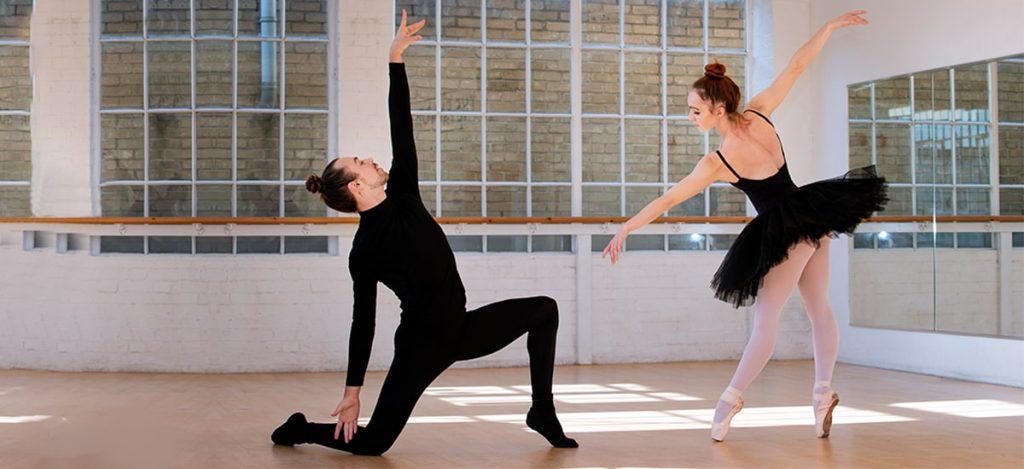
Be patient and supportive of each other. Couple dancing requires trust and cooperation. Maintain a positive attitude and focus on the fun and enjoyment of the activity.
Don’t be afraid to experiment with different styles and techniques to find what works best for you as a couple.
Consider taking partner dance lessons from a qualified dance instructor. An instructor can provide personalized feedback and guidance, helping you to improve your technique and develop your skills as a couple.
Navigating the Dance Floor: Essential Etiquette
Dance etiquette is essential in partner dancing. Always politely ask, accept, or refuse a dance, and be mindful of the crowd around you, making sure not to invade others’ space.
Do not move into the dance floor, but around it when entering or leaving. When dancing with new partners, avoid making close moves and giving unsolicited advice. It is important to feel confident and ensure that you smell good and don’t have bad breath.
If you are not feeling well, have a cold, or are sneezing or coughing, it is best to avoid partner dancing. If you or your partner feel uncomfortable dancing together, it is best to break.
Maximizing Your Partner Dance Practice Sessions
Practice with your partner as much as possible: The more you practice with your partner, the better you’ll become at coordinating your movements and dancing as a team. Try to set aside regular time for practice. Focus on perfecting the steps and techniques you’ve learned in your couple dancing class.
If regularly practicing with your partner is challenging, find a balance between practicing with your partner and practicing solo.
You can still attend group dance classes on your own. It can be a great way to continue learning and practicing the dance style, and you may even have the opportunity to practice the dance with different partners in the class.
Try to attend social dance events. They are a great way to practice partner dancing in a fun, low-pressure environment. You can dance with different partners, try out new moves, and get feedback from other dancers.
If you are interested in partner dancing classes and dance classes in Dubai, look no further. Find the best Latin American Dance Classes, Belly Dance classes, and more. You can also check out our range of dance fitness classes in Dubai.
Get in touch or explore PursueIt to know more about the dance classes in Dubai, UAE.
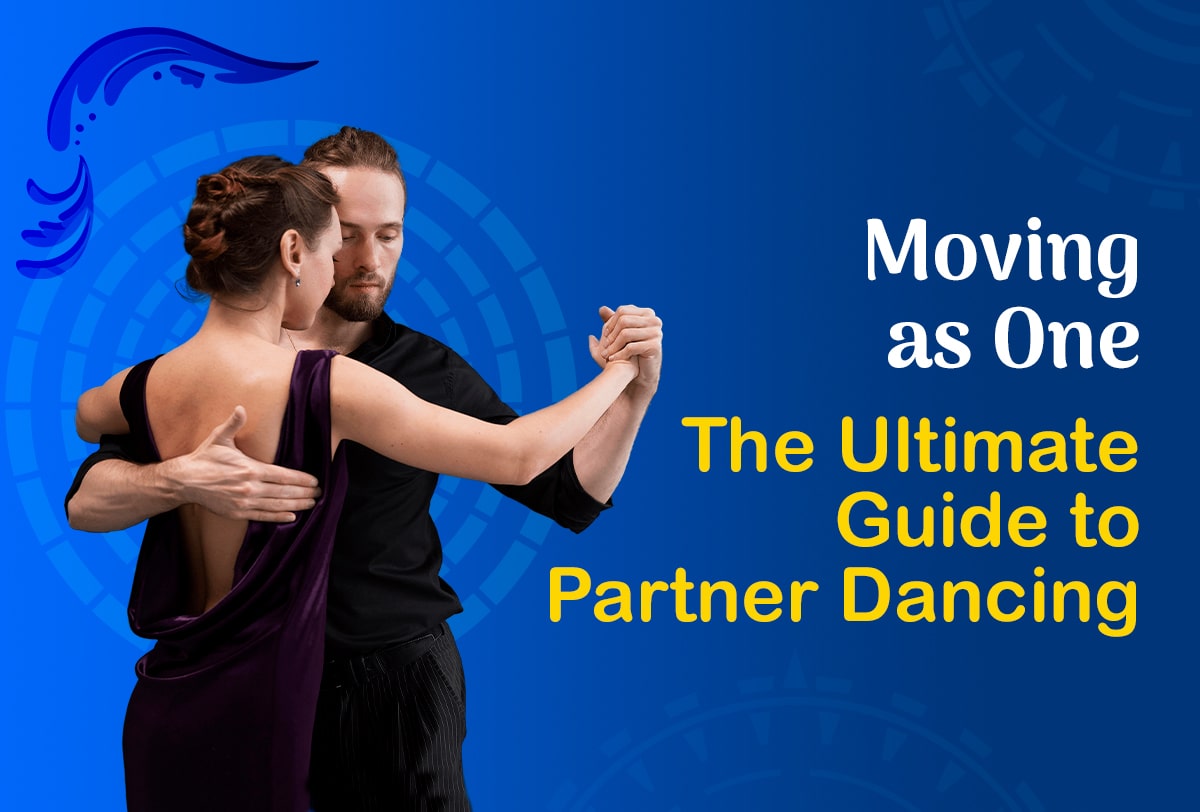
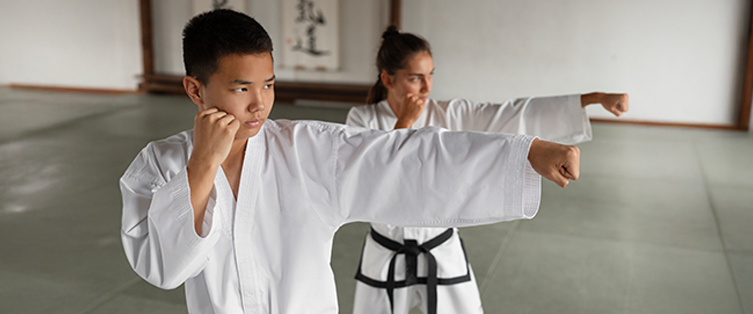
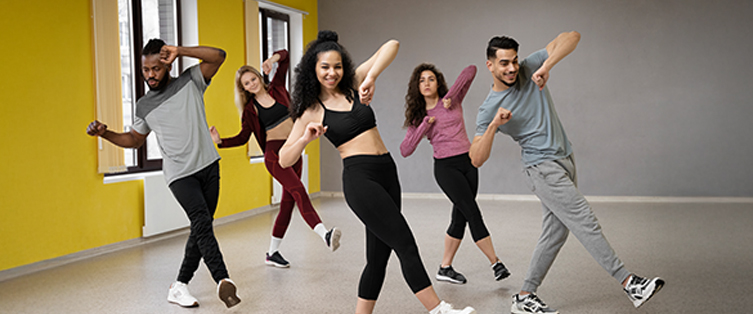
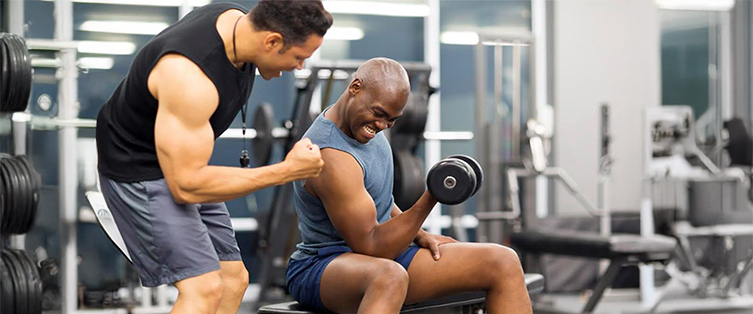
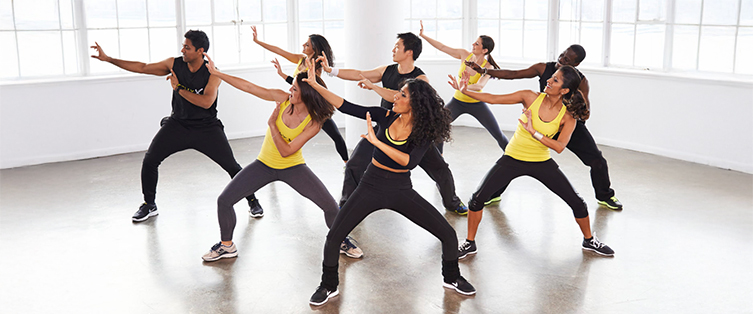
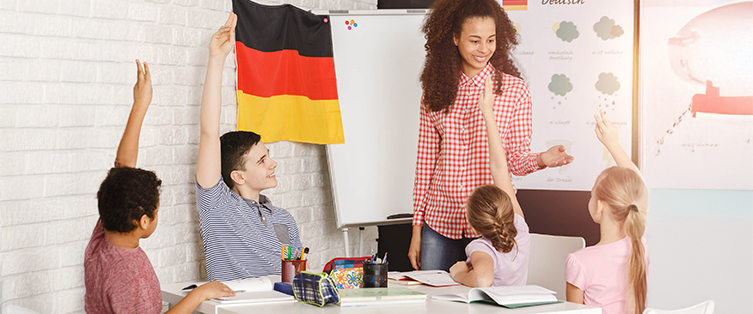
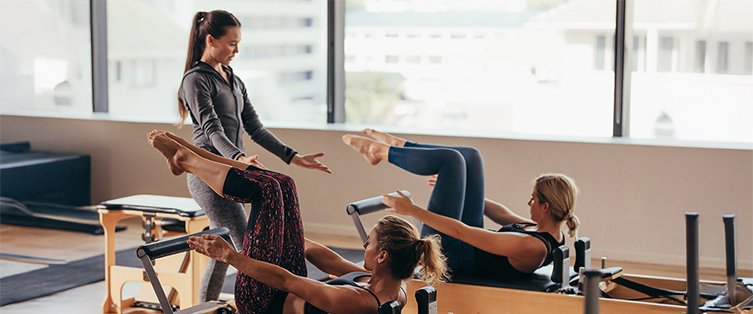
Leave a Reply